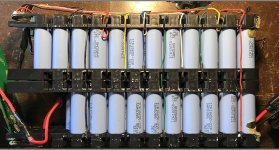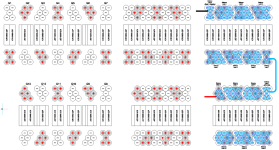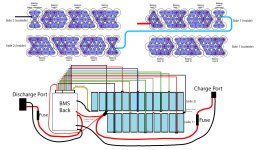rick_p
100 W
I would like to resurrect my old ebike that was working until I had a battery problem. One day I plugged in the charger and nothing, it wouldn’t go into charge mode. I unplugged the charger and checked the fuse, it was blown, so I replaced it with the same exact type and amp rating. I plugged in the charger and the charger went into charge mode for about a second, but then it almost instantly stopped charging went went back into idle mode. I knew there is circuit protection inside the battery box so I unplugged, and removed the battery pack from the case to inspect. All the wiring appears intact (no visible damage) and the circuit boards don’t have any visible signs of short circuiting. Is this a hopeless case? Meaning, is it a case of there are no user replaceable parts at this point, or is there anything else I can check? The cells were probably around midway through their life span, I was still getting around 20 miles out of a charge before the failure, so it would be nice to get this bike back on the road if I don’t have to buy a new battery for it.




